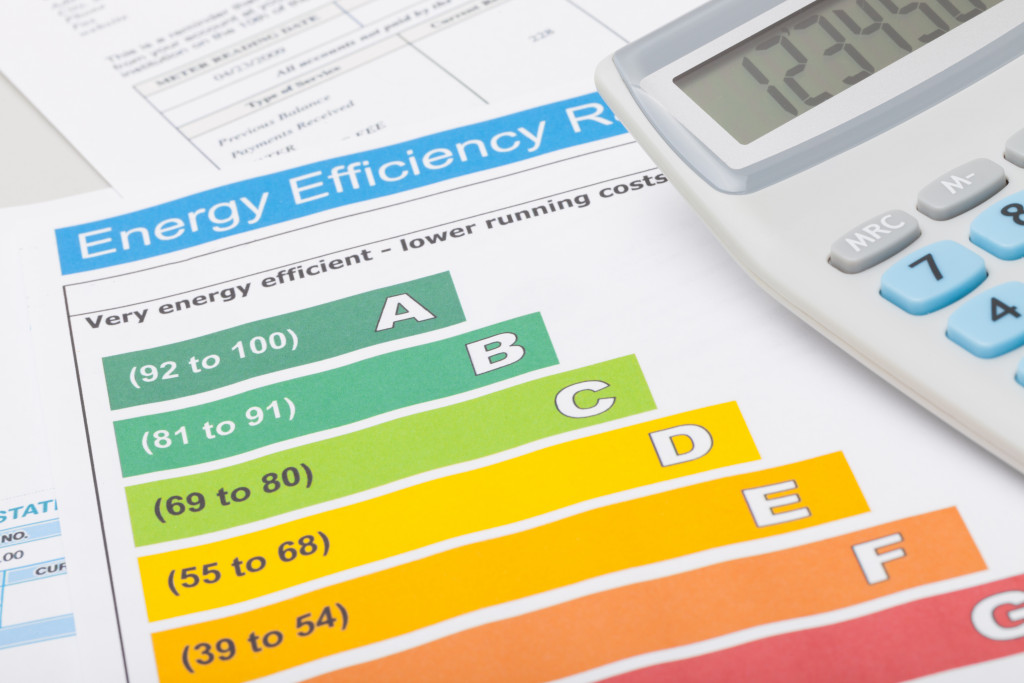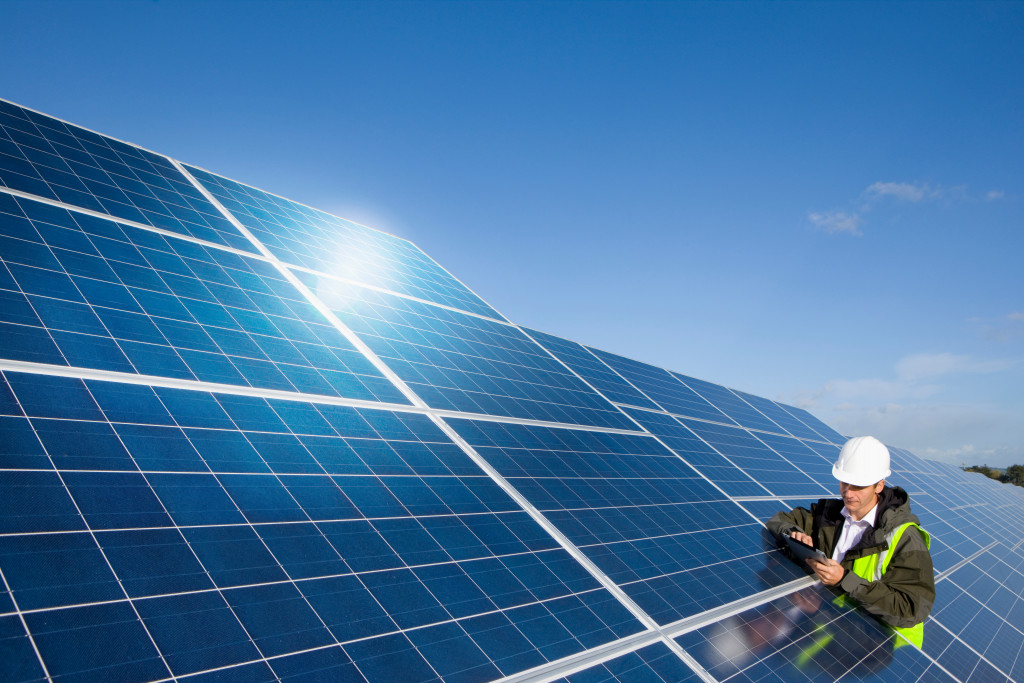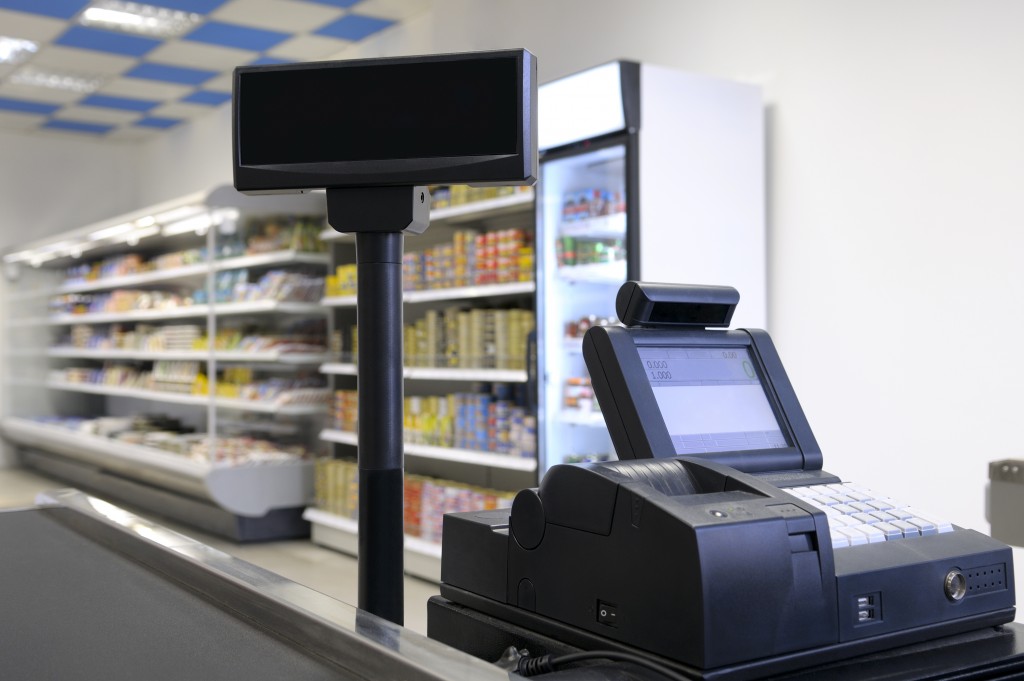- Conducting an energy audit helps identify systems or processes consuming the most energy in your commercial building, providing a roadmap for targeted energy-saving measures.
- Upgrading to energy-efficient lighting and implementing sensors or timers can significantly reduce your building’s energy usage and costs.
- Improving building insulation and implementing effective energy management practices, like monitoring energy use and adjusting operating hours, contribute significantly to energy savings.
- Benchmarking your building’s energy performance against similar buildings provides insights into your energy efficiency level and the effectiveness of existing measures.
Managing operational costs is critical to your business as a commercial building owner. An oft-overlooked avenue for savings lies within your building’s energy usage. By focusing on strategic energy efficiency measures, you can significantly reduce these costs and improve your bottom line. This article will explore practical steps to enhance your building’s energy efficiency and realize substantial savings.
Analyze Current Energy Usage
The first step in enhancing energy efficiency is thoroughly analyzing your building’s current energy usage. This will help you identify which systems or processes consume the most energy and thus where improvements will be most impactful. You can consider an energy audit, a detailed assessment conducted by a professional energy auditor.
This audit can reveal inefficiencies in HVAC, lighting, and insulation systems. By knowing where your energy is being used, you can have a roadmap for implementing targeted energy-saving interventions. The audit report may also recommend energy-efficient technologies and practices suitable for your building, which could provide additional savings. Regularly tracking energy usage and conducting periodic audits ensures that energy-saving measures remain effective.
Invest in Energy-Efficient Equipment

Investing in energy-efficient equipment is another crucial step to reduce your building’s energy consumption and costs significantly. Here are some tips:
Upgrade to Energy-Efficient Lighting
Lighting plays an integral role in the energy consumption of a commercial building. Upgrading to energy-efficient lighting, such as LED or compact fluorescent lights (CFLs), can yield considerable energy savings. LEDs, for example, use up to 75% less energy and last 25 times longer than traditional incandescent lighting. Implementing occupancy sensors or timers can reduce energy usage by ensuring lights are only on when necessary.
Efforts can also be made to maximize natural light usage, which not only saves energy but can also enhance the workspace environment. Investing in energy-efficient lighting retrofits may incur upfront costs. Still, the long-term savings in energy costs can offset this investment significantly, not to mention the positive impact on the environment by reducing carbon emissions.
Opt for Solar Energy

For a sustainable and cost-effective solution, consider tapping into solar energy. This viable, renewable source can drastically lower your energy bills and provide an excellent return on investment in the long run. Hiring PSC Electrical’s solar panel installation services would ensure that your commercial building harnesses solar power to its maximum potential.
Their team of certified electricians not only assists you in proper installations and guarantees the maximum energy yield from your solar panels. They meticulously work with you to understand your building’s energy consumption patterns and design a bespoke solar solution that best meets your requirements. Embracing solar energy significantly contributes to your building’s energy efficiency strategy and pushes your business closer to achieving its sustainability goals.
Improve Building Insulation
Improving the insulation in your commercial building can significantly impact energy savings. Insulation reduces heat exchange between the interior of your building and the external environment, keeping the building cooler in summer and warmer in winter. This reduces the load on your heating and cooling systems, leading to considerable energy savings.
Many types of insulation are available, including fiberglass, cellulose, and spray foam. Each provides different levels of resistance to heat flow known as R-values. A professional energy auditor can recommend the optimal insulation type and R-value for your building, considering factors like the local climate and building construction. Proper insulation reduces energy costs and enhances the comfort of your building’s occupants, leading to a more productive work environment.
Implement Energy Management Practices
Implementing effective energy management practices is essential in maintaining your building’s energy efficiency. This can involve monitoring energy use, training staff to utilize equipment more efficiently, and adjusting operating hours to non-peak times when energy costs are lower. An energy management system can provide real-time data on energy consumption, enabling you to identify and address inefficiencies quickly.
Engaging your building occupants in energy-saving behaviors can contribute significantly to your efficiency efforts. Simple measures, like encouraging employees to switch off lights and computers when not in use, can accumulate substantial energy savings over time. Remember, a holistic approach to energy management that includes technology, people, and practices can optimize your building’s energy use and lead to notable cost savings.
Benchmark Your Energy Performance
Benchmarking your energy performance against similar buildings can provide valuable insights into your building’s energy efficiency. This process involves tracking your building’s energy use over time and comparing it against industry standards or similar buildings in your area. It helps identify whether the energy consumption level of your building is above, below, or at par with the industry average.
Through this, you can gauge the effectiveness of your existing energy efficiency measures and identify areas where there may be scope for further improvement. Performance benchmarking can also demonstrate the financial benefits of energy efficiency, as buildings with better energy performance often have lower operational costs.
The U.S. Environmental Protection Agency’s ENERGY STAR Portfolio Manager is a widely used tool for energy performance benchmarking. It allows building owners to input their energy data, compare it against similar buildings nationwide, and obtain a 1-100 ENERGY STAR score for their building.
In conclusion, being proactive in your building’s energy efficiency can drastically reduce operational costs and enhance sustainability. Don’t wait — start implementing these strategies today! Your wallet, your occupants, and the environment will all thank you.

